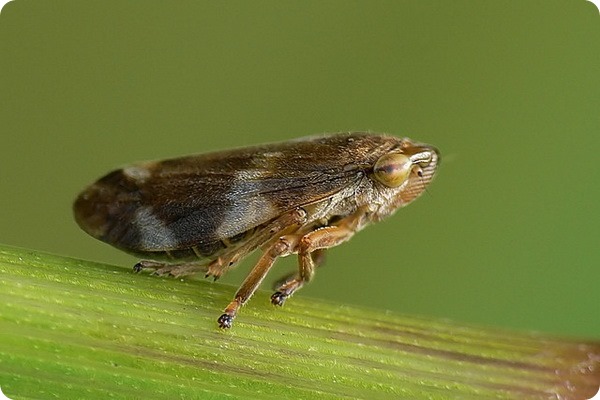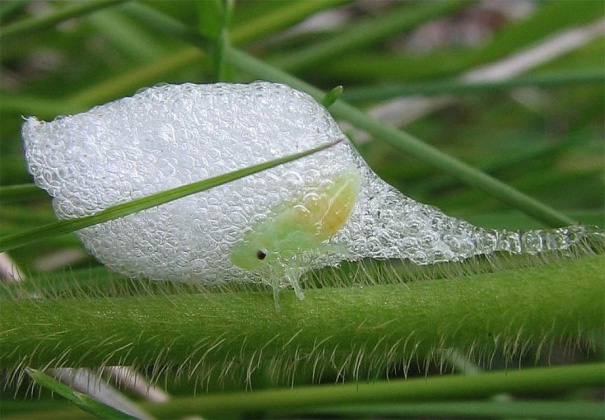What is this pest?
The adult is about 6mm long, vary in color from yellowish to almost dark or spotted. In the summer grows a generation. Their activities start in the spring. Overwintered plants and the eggs turn into larvae, which together with the young blooming leaves they eat and grow up her frothy mass as a shield. They are located on the underside of leaves, under the petioles, by the ovaries.
What garden plants most often damages pennica?
The harmfulness of the insect is omnivorous. Pennica slobbering feeds on and damages many grasses. But after moving to the garden, perfectly located on a favorite color. She "chooses" the most beautiful, such as roses, rosehips, dahlias, chrysanthemums, Phlox, bells, rudbeckia, Wallflowers, primroses, and many others. Of vegetable may be found on parsley, dill. She loves strawberry plantations, young leaves of currants, grapes. In greenhouses and hotbeds "slobbering" is also settled.
What is its severity?
Threat adults and larvae. They feed on plant SAP. Populating the underside of leaves, petioles, leafhoppers pierce delicate fabrics and "revel in" juice. In response to the voracious "slobbering" inject their toxic salivary substances, thereby poisoning the plant. The consequences of this white spotting, yellowing and deformation of leaves, petioles, damaged parts of plants, which slow down its development. The pest is a carrier of fungi and viral infections.
Open enemies pennica dribbling is not. She is not afraid of ladybirds, not other predators-insects. And chemical treatment it is also not "confuse". The lump of foam is a good defense.
How to protect plants?
Protective measures not to create conditions of life for the pest. Pennica slobbery loves shady and moist places, so cultivated plants should be placed in ventilated places not to sagomate landing.
To destroy weeds and to contain their "own" clean. To monitor the health of crops, as in the first place, the pest attacks more weak.
If the damage is small, manually collect damaged leaves.
To use traditional methods, spraying tansy, wormwood, tobacco extract, adding the green or soap for maximum adhesion.
If it's badly damaged you can apply and insecticidal substances, for example, "Cinmax", "Akhtar", Malathion.
